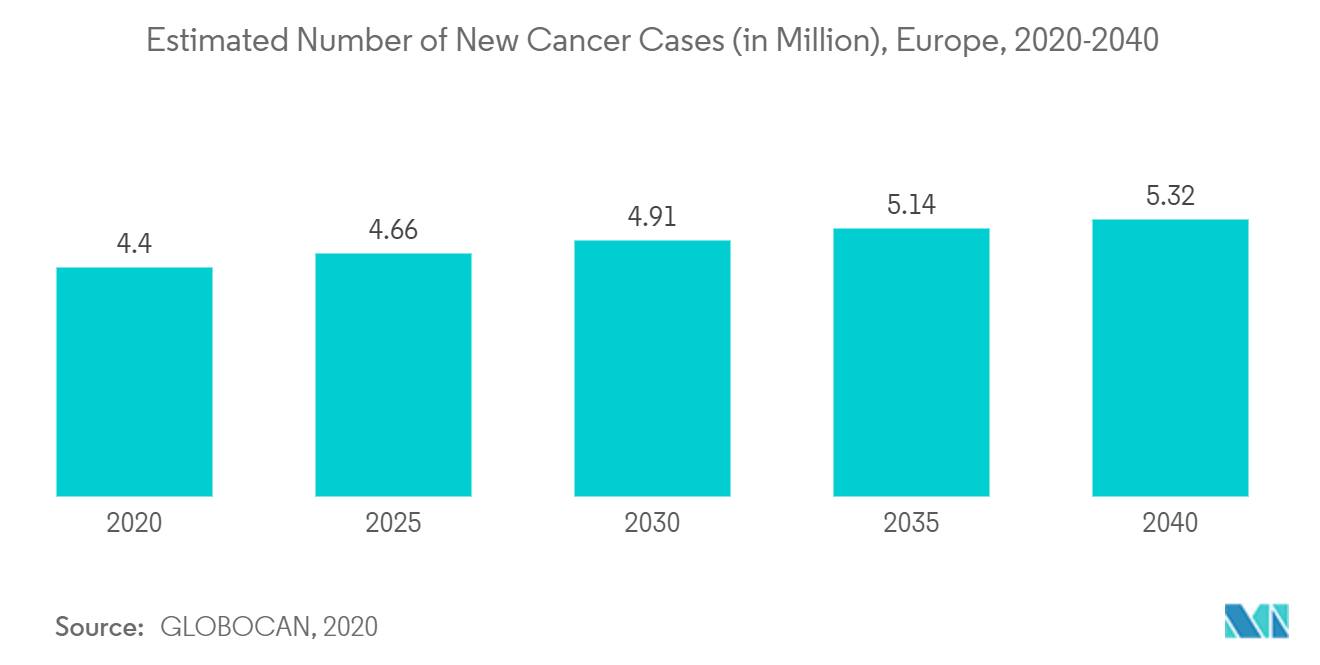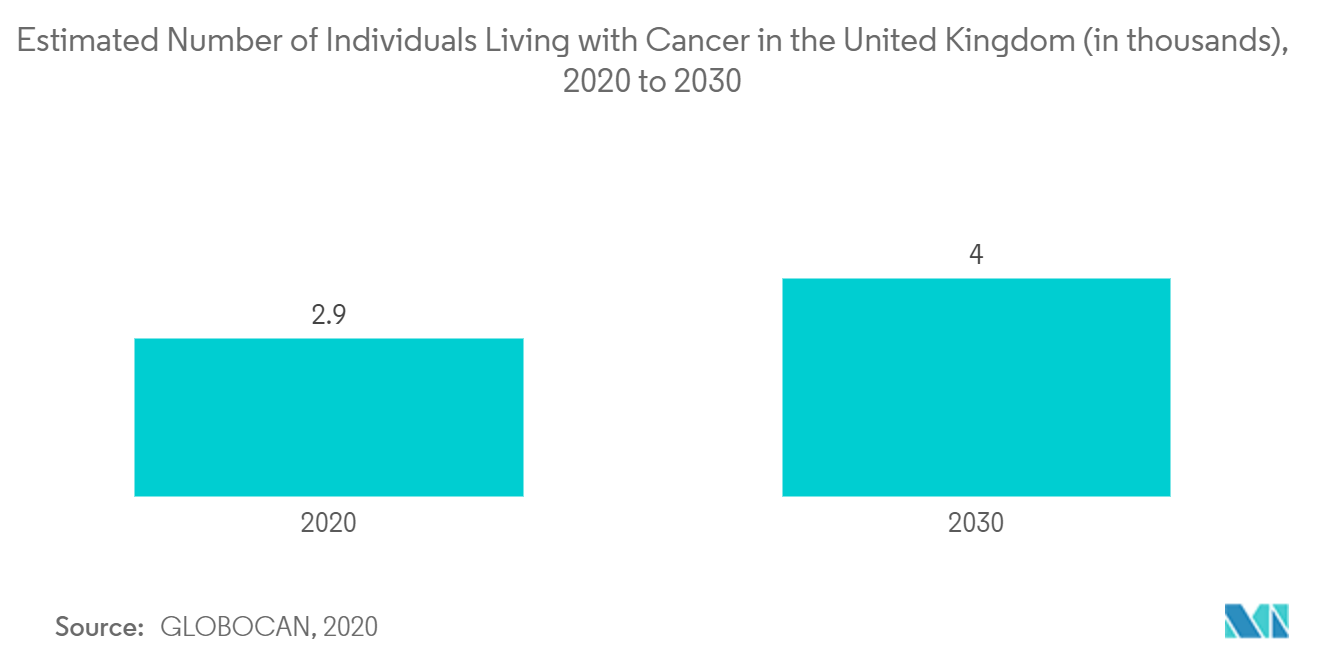Market Trends of Europe Molecular Biosensors Industry
This section covers the major market trends shaping the Europe Molecular Biosensors Market according to our research experts:
Electrochemical Biosensors is Expected to Witness Healthy Growth over the Forecast Period
Electrochemical biosensors have emerged as reliable molecular sensing devices suitable for the detection of pathogens in liquid biopsies. Short assay time, simple handling, low cost, small sample requirement, and good performance in complex samples with minimal pre-treatments justify their increasing growth and suitability for point-of-care applications.
Electrochemical biosensors are widely used in the detection and diagnosis of infectious diseases. Thus, the increasing burden of infectious diseases is expected to have a significant impact on the growth of the electrochemical biosensors segment. For instance, according to the March 2022 update by WHO, 1,63,602 incident TB cases were notified in the European region. The epidemic patterns and trends vary widely, with European Union/European Economic Area countries approaching the low incidence level of below 10 per 100,000 population, while the region has nine of the 30 countries with the highest multidrug-resistant TB burden in the world.
Furthermore, the advancements in electrochemical biosensor technology aid in the development of sophisticated diagnostic products, which is expected to have a positive impact on the growth of the segment over the forecast period. For instance, according to a research study published in February 2021 by Sensing and Bio-Sensing Research, utilizing two different carbon screen printed electrode (CSPE) types and their associated immobilization techniques, an electrochemical immunoassay for quantifying C-reactive protein (CRP) at clinically relevant amounts has been successfully developed and tested. In terms of sensitivity and repeatability, the electrochemical biosensor was determined to have a sufficient detection range.
Therefore, due to the factors mentioned above, the electrochemical biosensors segment is expected to have a significant market share in the market studied over the forecast period.

The United Kingdom is Expected to Hold a Significant Share in the European Molecular Biosensors Market over the Forecast Period
The United Kingdom is expected to occupy a significant share of the molecular biosensors market owing to factors such as the high prevalence of chronic diseases and the rising demand for point-of-care testing and research activities in the area. For instance, according to the data updated in August 2022 by Blood Cancer UK, blood cancer is the fifth most common cancer in the United Kingdom, with over 41,000 people being diagnosed with it yearly. According to the same source, about 250,000 people are living with blood cancer in the United Kingdom. The same source also stated that one in every 16 men and one in every 22 women are likely to develop blood cancer at some point in their lives. It is the most common type of childhood cancer. It also stated that more than 500 children aged under 15 are diagnosed with blood cancer every year; of these, about 400 have childhood leukemia, and about 100 have lymphoma. Hence, due to the high prevalence of chronic diseases, the demand for molecular biosensors and point-of-care testing is expected to increase, which is anticipated to drive growth in the molecular biosensors market in the country.

